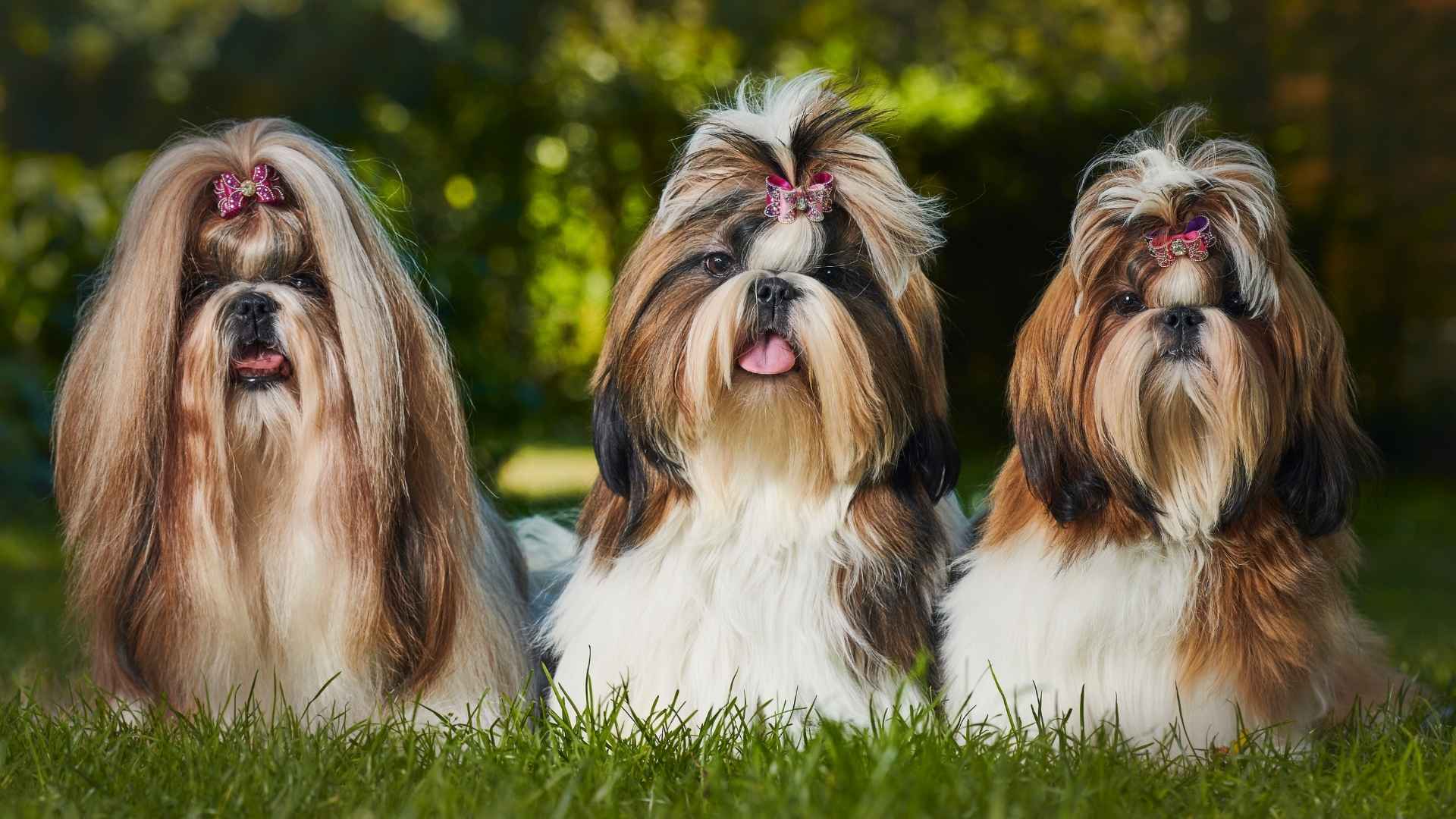Long before smartphones and social media, humans had already found their perfect companions! Ancient dog breeds have walked alongside us for thousands of years, sharing our homes, our meals, and our adventures.
These four-legged time travelers have witnessed the rise and fall of civilizations, the building of pyramids, and the drawing of the first maps. Unlike modern designer breeds, these ancient companions evolved naturally over centuries, developing unique traits that helped them survive alongside humans in harsh conditions.
Their bloodlines stretch back to the dawn of domestication, carrying genetic memories of a world we can only imagine. Today, these living artifacts continue to bring the same loyalty and companionship to our homes that they brought to our ancestors.
The seven ancient breeds we’re about to explore aren’t just pets – they’re pieces of living history that connect us to our shared past.
Ancient Companion Dog Breeds
1. Afghan Hound
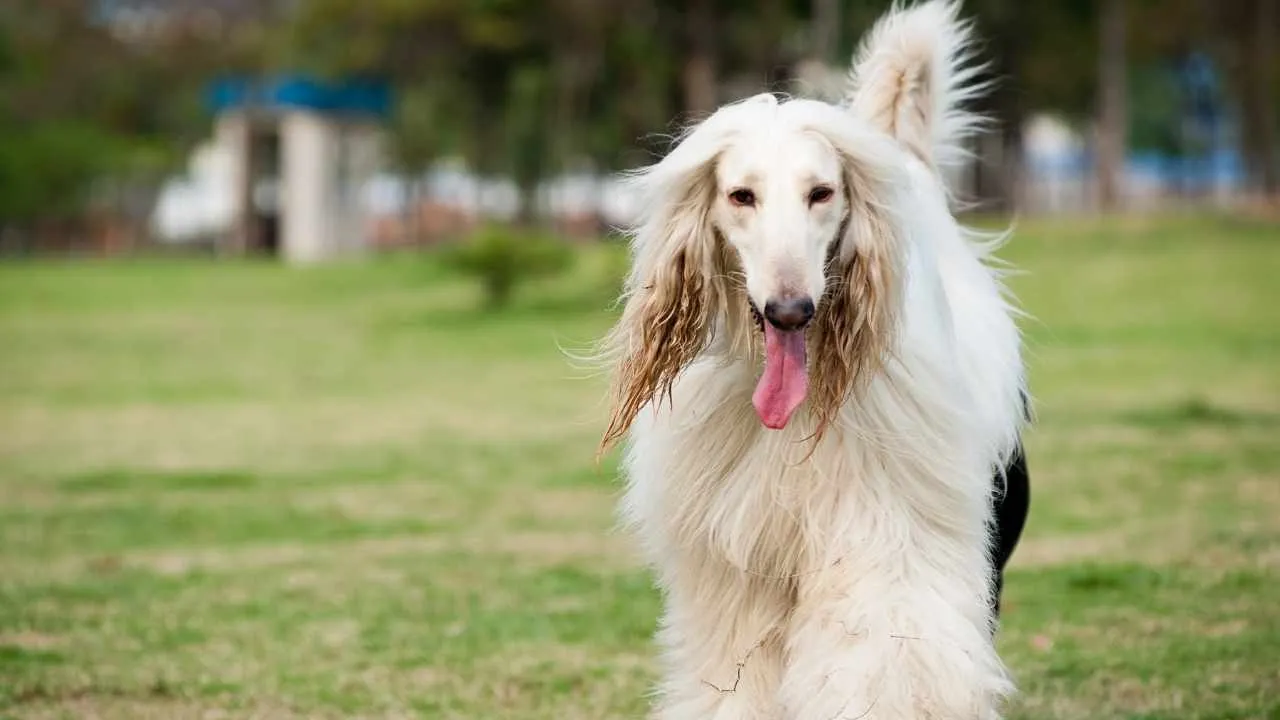
The Afghan Hound is one of the oldest dog breeds, tracing its roots back thousands of years in the rugged landscapes of Afghanistan. Bred by nomadic tribes, this dog was highly valued for its ability to hunt game in harsh conditions. Its flowing coat protected against the cold mountain air. Agility and speed made it a reliable partner in the pursuit of prey.
Its striking appearance has long set it apart from certain dog breeds with more modest looks. The long, silky coat, often seen in shades from cream to brindle, demands regular care to maintain its smooth texture. Beneath all that glamour lies a powerful, muscular frame built for endurance. This balance of elegance and athleticism gives the Afghan Hound its unmistakable charm.
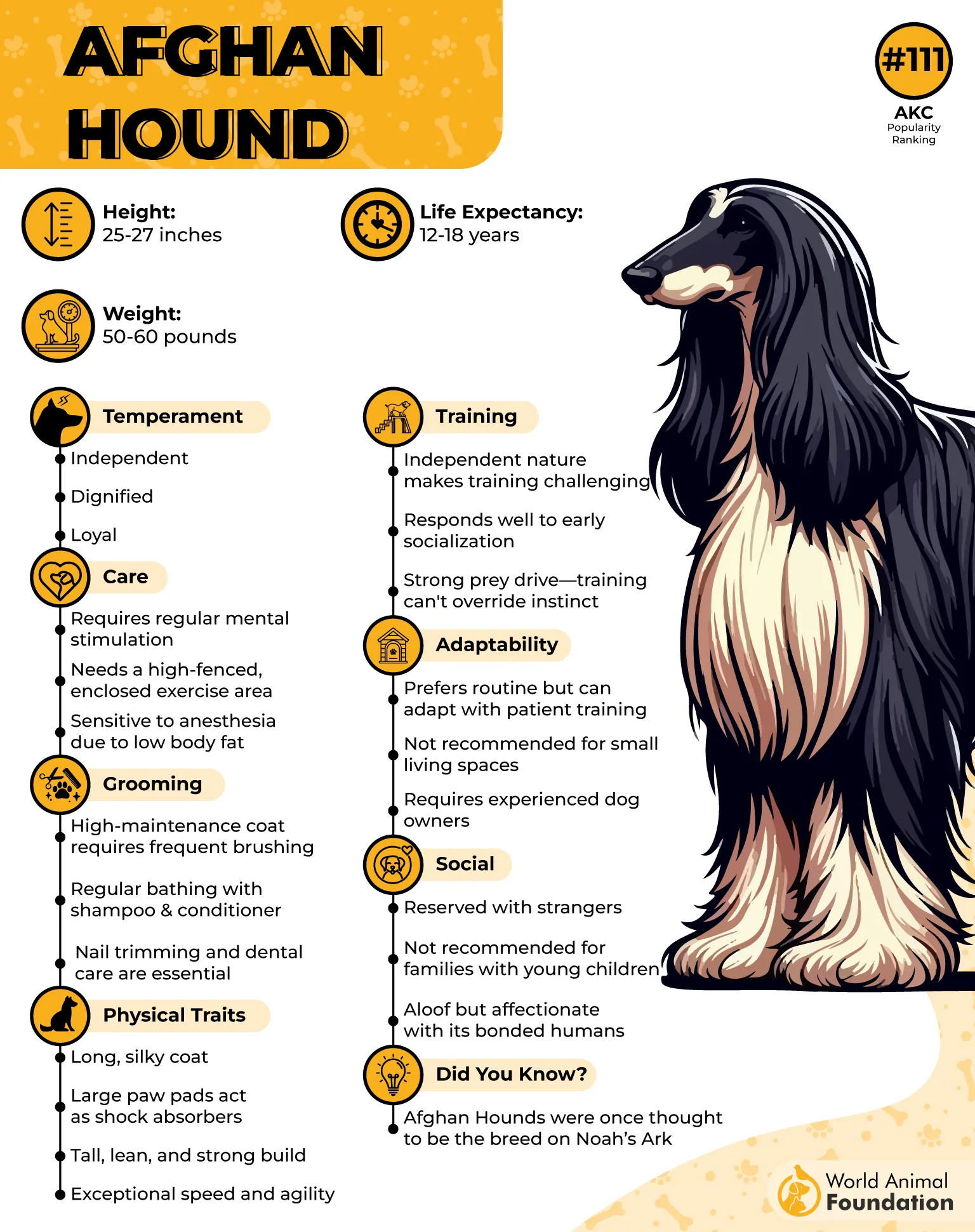
Its narrow head, almond-shaped eyes, and long ears draped in hair create a dignified profile. There’s an aloof quality to its gaze, calm yet observant, never frantic, as stated in Zealandia Pets. The body carries a deep chest and arched abdomen that adds to its graceful movement. Even the tail—with its signature curled tip—flows naturally with every step.
Afghan Hounds are known to be selective in their interactions but form deep connections over time. As loyal companions, they often surprise their families with bursts of playfulness that contrast with their composed demeanor. They carry a quiet intelligence, one that prefers thoughtful engagement over excessive commands. Their confidence shows in how they move and how they choose to connect.
A calm home brings out the best in this breed, offering the space and peace it naturally leans toward. Training requires a steady, kind approach—firm but never forceful. Afghan Hounds appreciate being respected for who they are rather than pushed to conform. With the right environment, they truly come into their own.
2. Chinese Crested
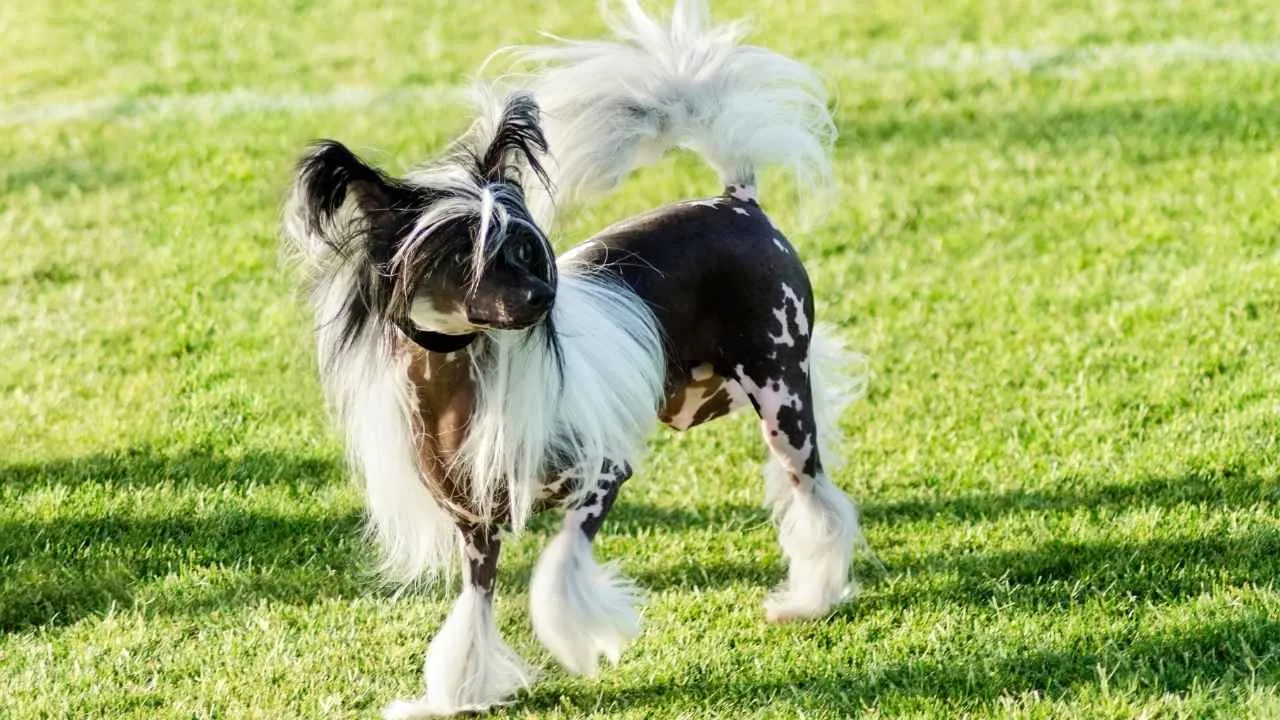
The Chinese Crested has a long history, yet its origins remain a mystery lost to time. Hairless varieties were bred for life at sea, where they helped control vermin on ships. Sailors often brought them along on voyages, calling them “Chinese Ship Dogs”, as WebMD claims. These travels led to different bloodlines appearing in far-off port towns.
Over time, they became known as smart, adaptable companion animals that could handle both land and sea life. Their small size made them easy to carry, while their energy kept them active and alert. Even today, that same curiosity and spirit still shines through. They like staying close and being involved in daily life.
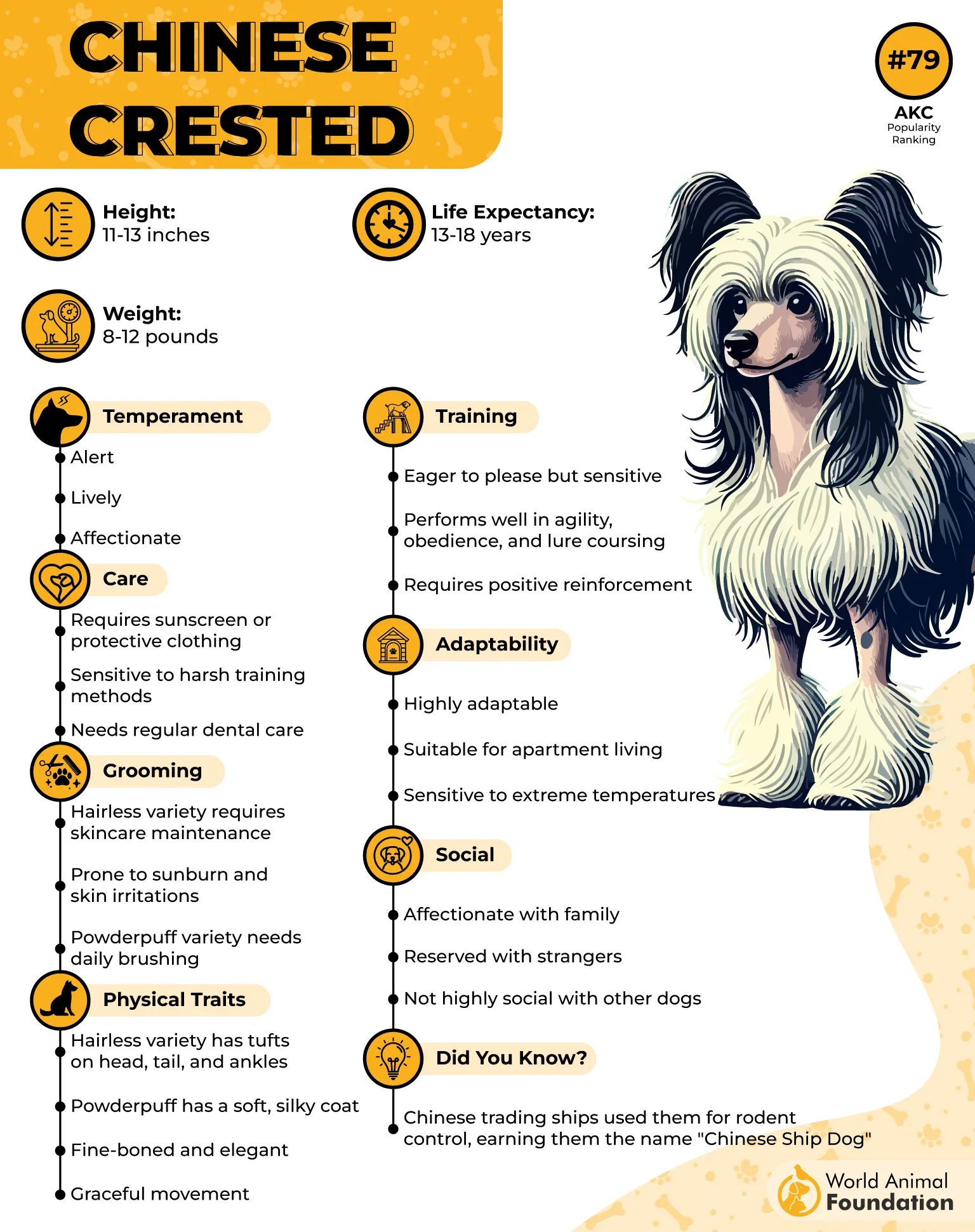
The breed is affectionate, often clinging to its favorite humans with unwavering devotion. Many consider them perfect family pets because of how easily they bond and how playful they can be. Their sensitivity to human emotions creates a quiet, comforting presence. They’re tuned in, calm when you are, cheerful when you are.
That same emotional awareness makes them especially responsive to the world around them. They’re quick to sense shifts in mood and are happiest when their homes feel balanced. A quick walk or a little playtime in the yard keeps them satisfied. There’s no need for intense activity to keep them well.
While their bodies don’t demand much physically, their minds stay curious and alert. Being part of daily routines, following their owners, and having little tasks help them thrive. As pets once valued by early civilizations, their nature has always been about connection and companionship. These traits still define them today.
3. Alaskan Malamute
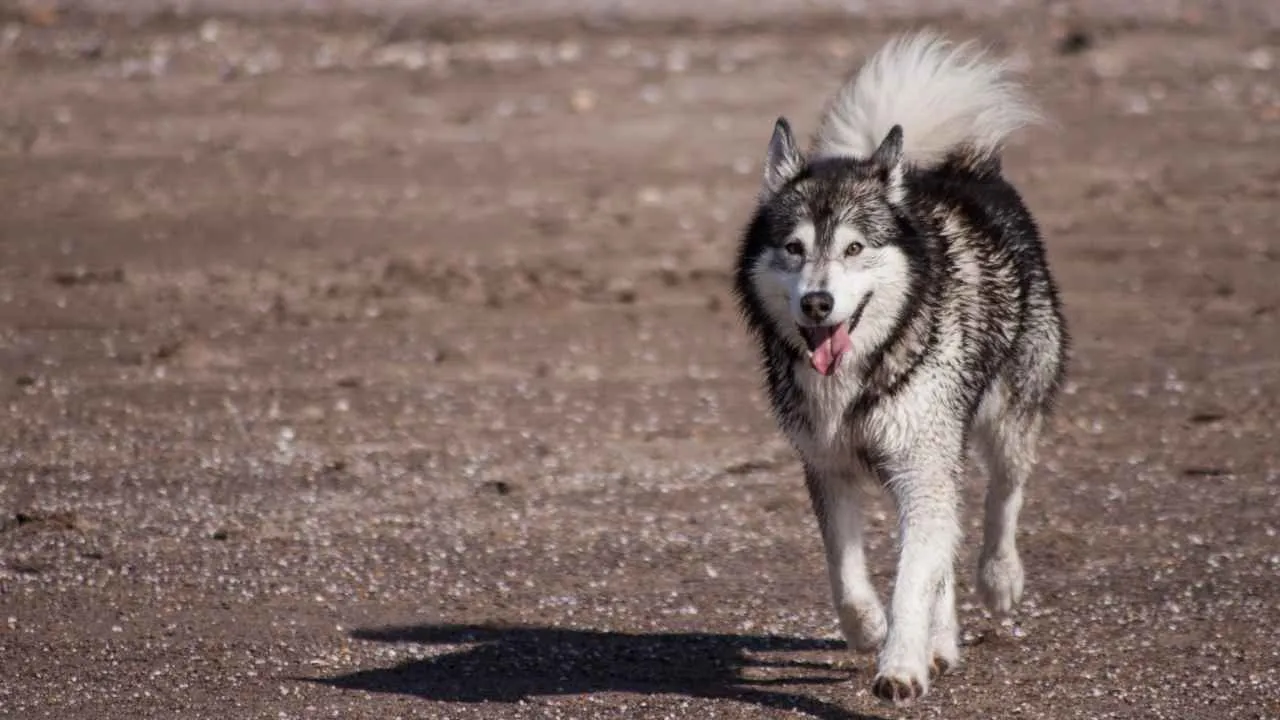
The Alaskan Malamute has roots tracing back centuries, first developed by the Mahlemiut people of northwestern Alaska. These dogs were built for life in brutal climates, pulling sleds across icy terrain. Their strength and stamina weren’t just traits—they were survival tools. This working background shaped their dependable, loyal nature.
As one of the oldest breeds in the Arctic, the Malamute earned its place through function and resilience. They weren’t bred for decoration but to haul heavy loads through freezing wilderness. With thick fur and a sturdy build, they handled conditions few others could. Their legacy is tied closely to endurance and teamwork.
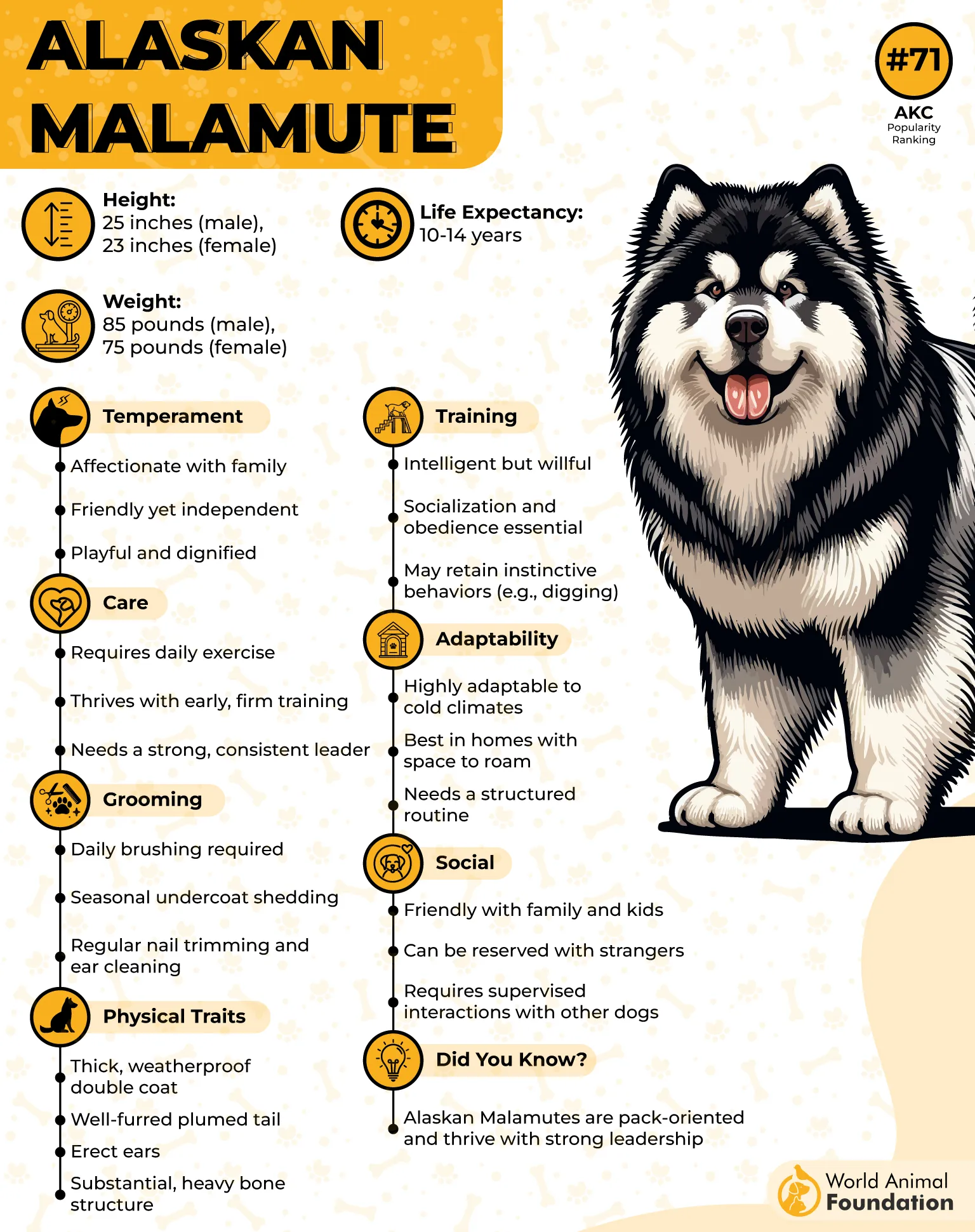
These dogs thrive when treated as equals, not just pets. They’re social animals who bond deeply and want to be part of everything. Malamutes flourish under guidance that’s calm and consistent, with training rooted in mutual respect. Over time, they can become trusted, well-rounded family pets for those prepared.
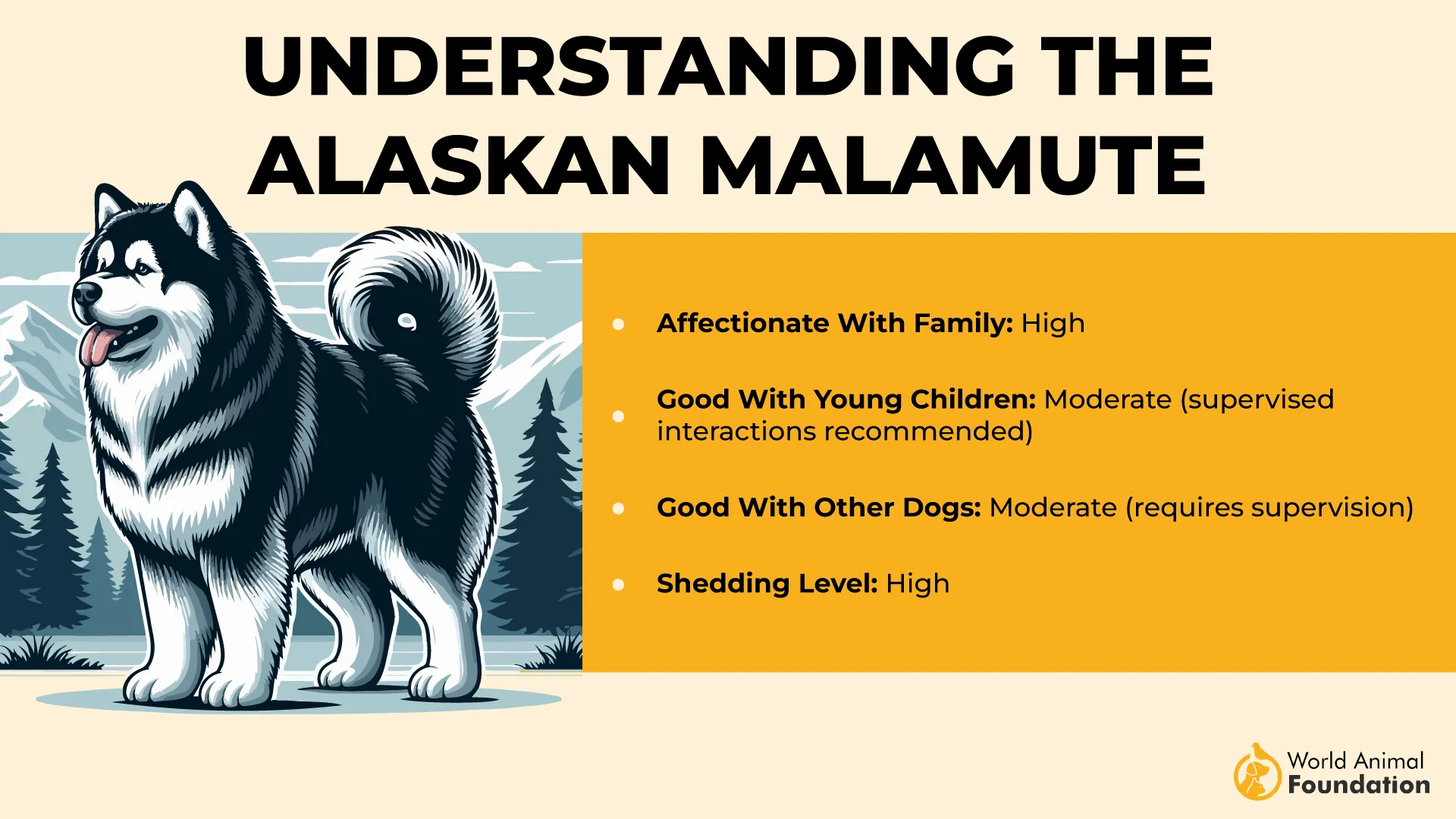
Their enthusiasm can be overwhelming in the wrong setting. Strong and energetic, they may unintentionally knock over smaller children during play. Early training and boundaries help guide that energy into safer, more manageable outlets. Proper interaction builds trust and avoids confusion in busy or sensitive environments.
Because of their instincts, introducing them to other animals should be handled with care. Socializing them early reduces the risk of issues driven by their prey drive. These dogs once served various purposes across communities—from pulling sleds to guarding camps. That versatility still echoes in how they live today.
4. Shih Tzu
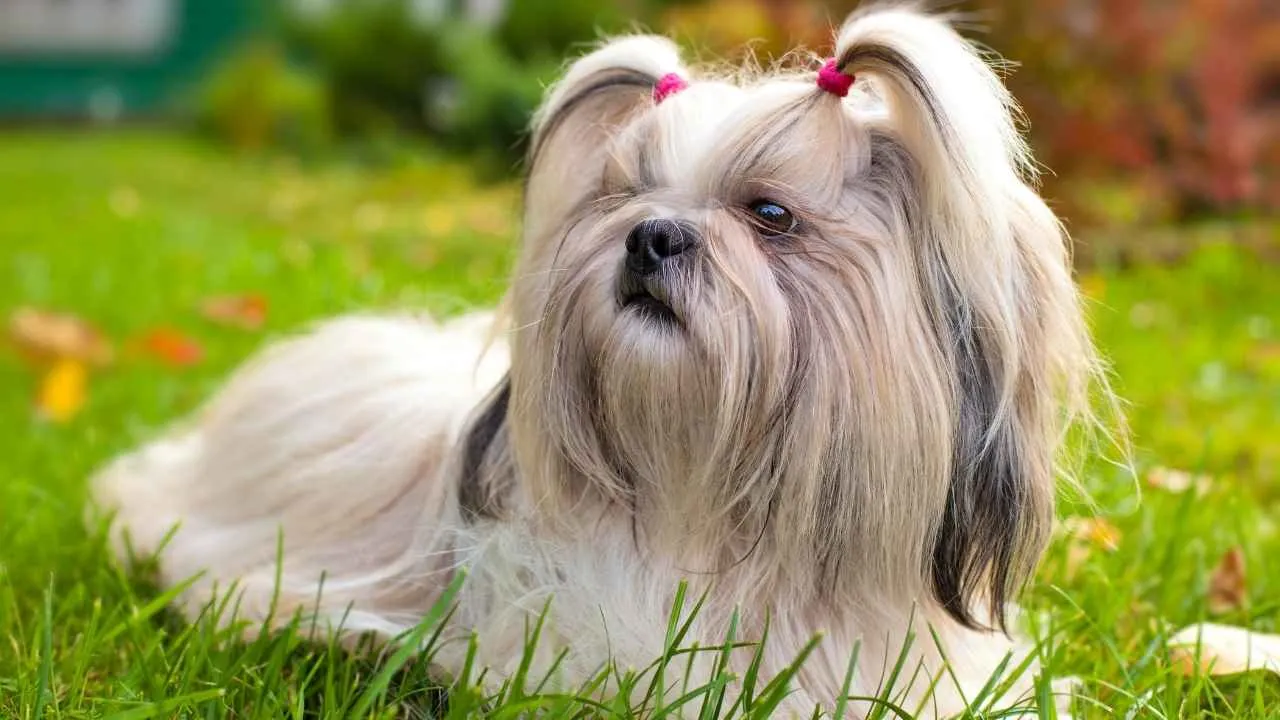
The Shih Tzu carries centuries of legacy as a breed carefully nurtured within imperial Chinese courts. Originally developed as lapdogs for royalty, they were often seen lounging beside emperors and empresses. Their compact build and dignified demeanor made them natural fixtures in palaces. Over the generations, their role as cherished house dogs never faded.
Selective breeding shaped them into gentle companions with an alert, trusting nature. While they remain affectionate with family, they often show caution around strangers until they feel secure. This balance of warmth and watchfulness has made them adaptable in various settings. They know when to engage and when to observe.
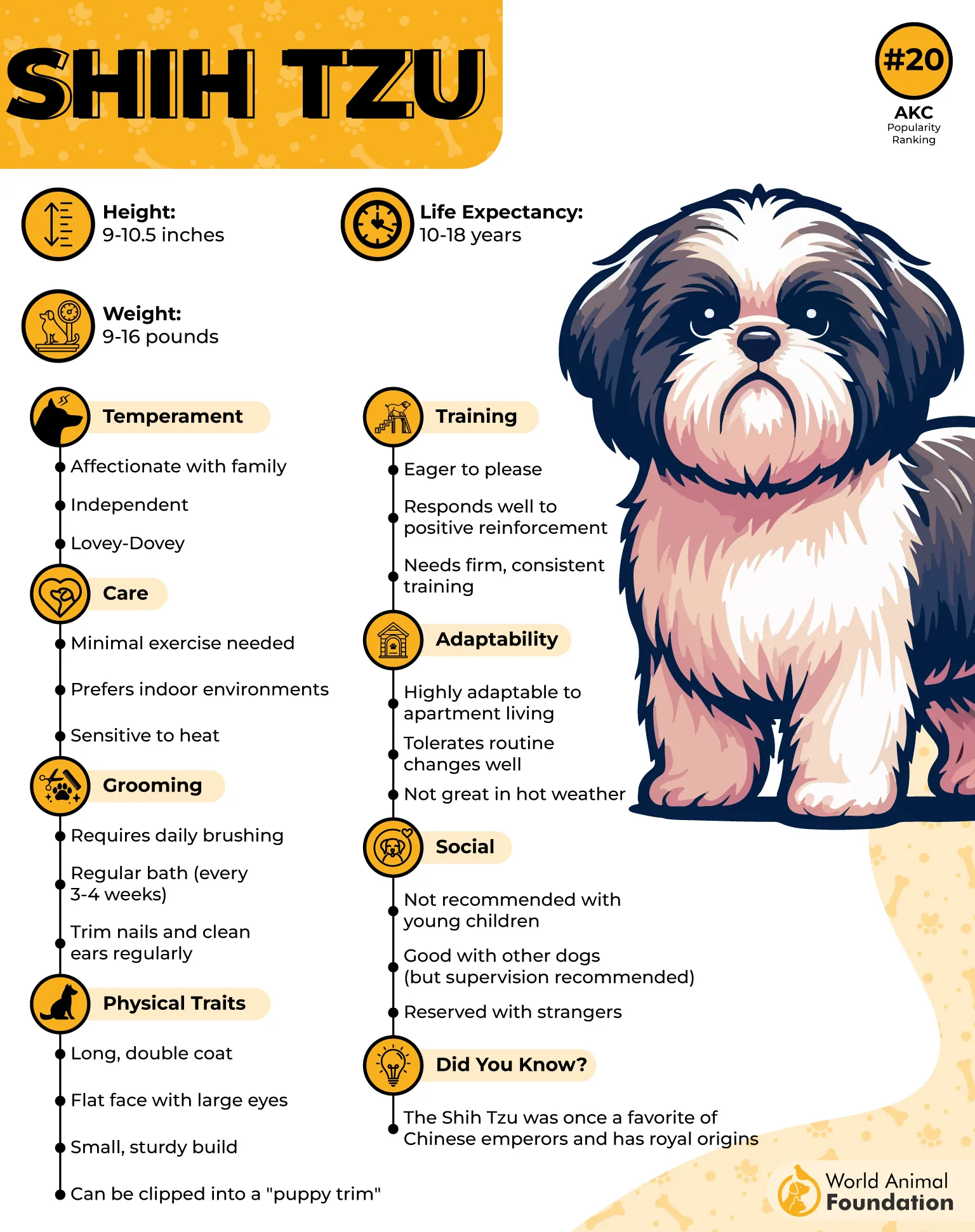
Shih Tzus are known for their luxurious double coat, which requires consistent care to keep it healthy. Their coat, while beautiful, served a purpose in history, keeping them insulated in colder stone buildings. For ages, their appearance and grooming have symbolized care and status in noble households.
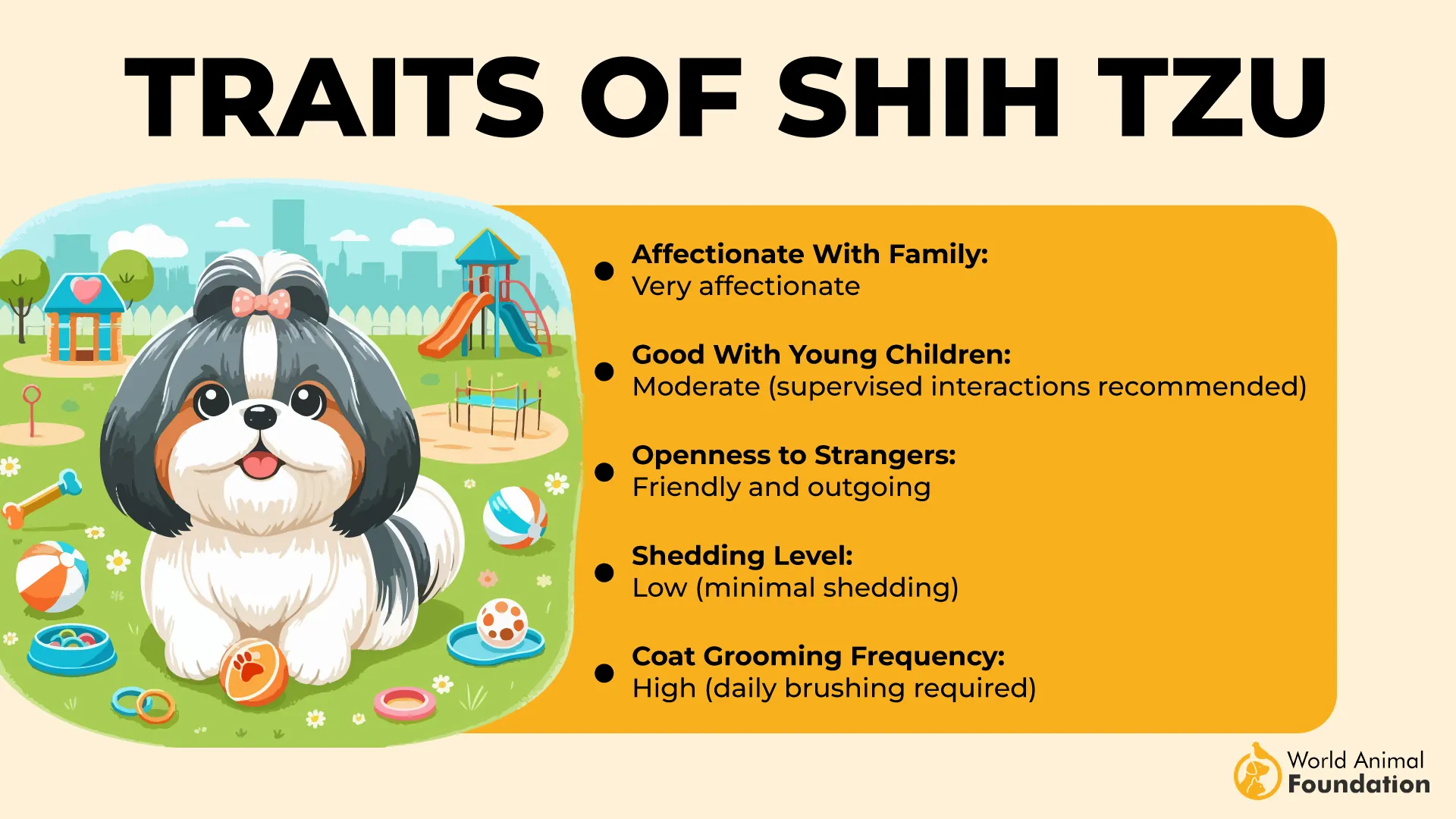
They may be small in size, but they have a sturdy, confident presence. Their lively walk and raised tail reflect their self-assured personality. As treasured companions, they prefer staying close to their people and often follow them from room to room. They crave connection more than space or independence.
Their temperament is generally even, making them suitable for all ages in a household, from children to the elderly. Though easygoing, they respond best to calm environments and clear boundaries. If overwhelmed by loud noise or new strangers, they retreat rather than react. That sensitivity is part of their old-world charm.
5. Saluki
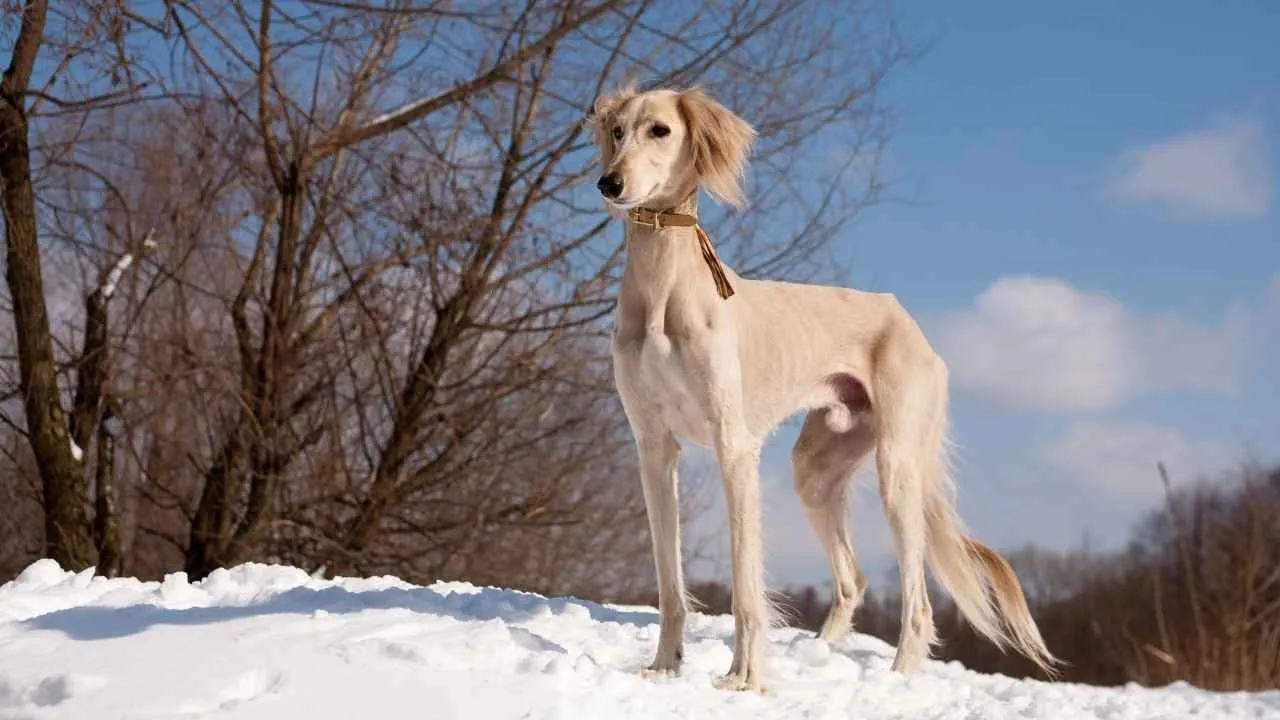
The Saluki holds a deeply rooted legacy, stretching back to ancient civilizations where it was revered as a noble hunting dog. Known to exist even before the pyramids, this breed was favored by Egyptian royalty. Their elegant build and unmatched speed made them prized companions on hunts. Pharaohs held them in such regard that some were mummified alongside their handlers.
Though graceful and affectionate with their families, Salukis maintain a reserved distance around unfamiliar faces. They’re sensitive to energy and tend to observe before engaging. Their bond with their people is quiet but unwavering. Homes with a peaceful rhythm suit them best, especially without very young children.
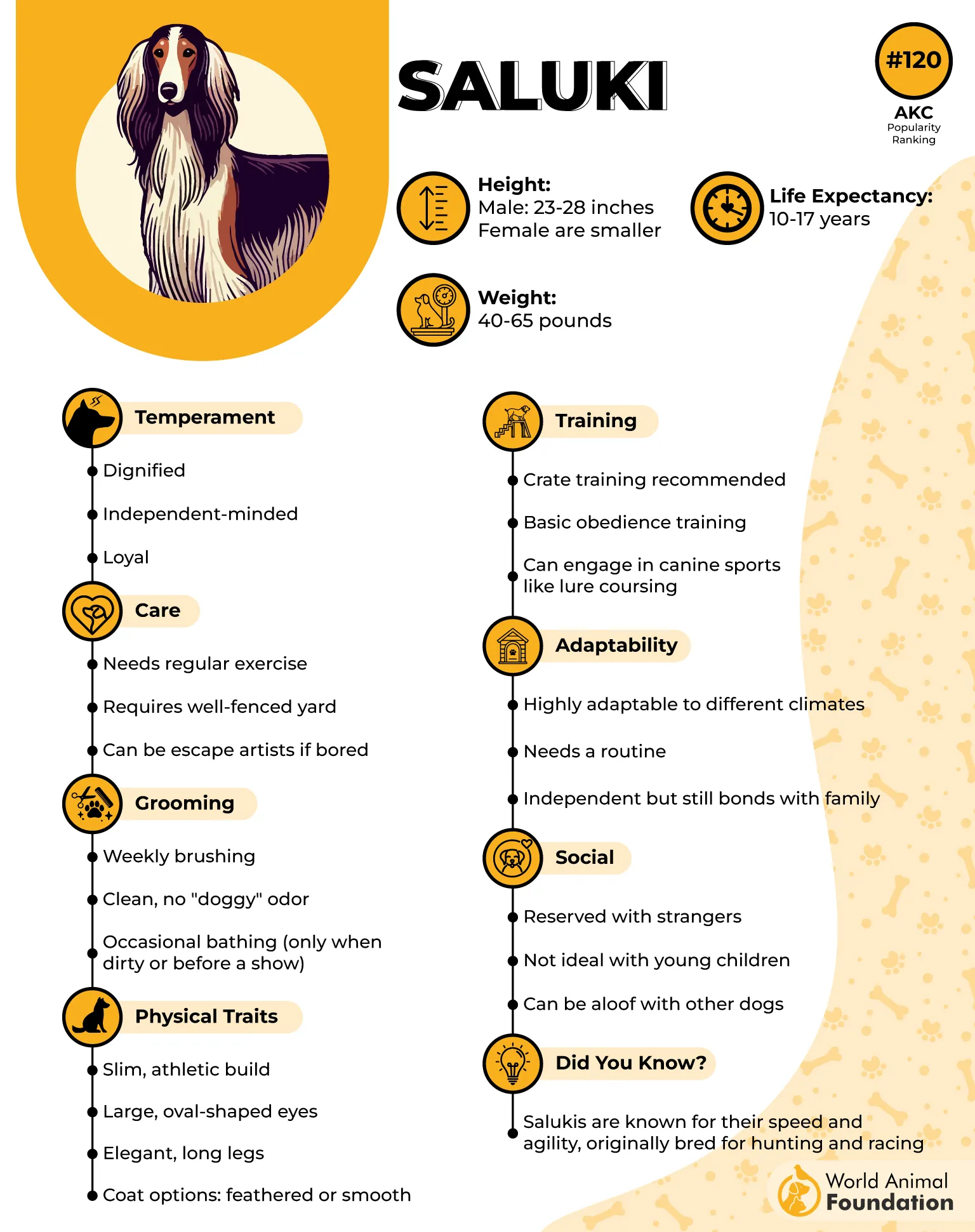
Salukis were bred for endurance and speed, and their daily routine still reflects that need. A quick walk won’t do—they thrive on open space and active movement. Yet once indoors, they carry themselves with a gentle stillness. Their calm nature creates an easy balance between energy and relaxation.
Their coat type can vary, which adds to their visual charm. Feathered Salukis have long, silky fringes along the ears and tail. Smooth-coated Salukis are more streamlined, shedding less and requiring minimal upkeep. Both variations retain the breed’s signature sleek profile and dignified presence.
Salukis aren’t ones to follow every command instantly, but they’re not disobedient—they simply think independently. Their intelligence shows through subtle decisions, not dramatic gestures. A quiet home with patient handlers brings out their best traits. Their refined personality reflects the centuries of thoughtful companionship behind them.
6. Akita
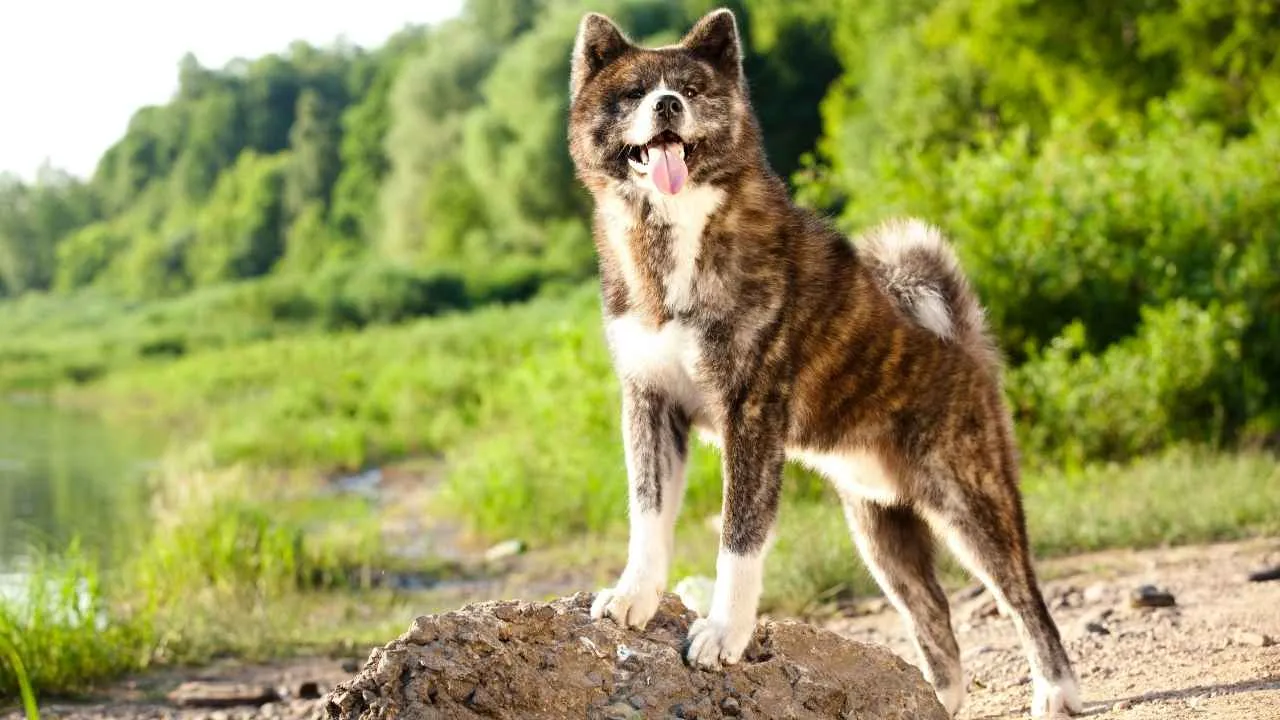
The Akita’s origin traces back to northern Japan, where it was bred to be both courageous and composed. This powerful dog was initially reserved for royalty and nobility, often seen alongside imperial leaders. With a heritage that blends Chow Chow, Tosa, and Japanese Kari dogs, the Akita was molded for strength.
Not just a guardian, the Akita was known for tracking formidable game like elk and bear, guided by instinct and determination. This level of drive helped solidify its reputation as a dog of honor and resilience. Today, that heritage carries over as Akitas serve in roles like police work in Japan. Their strength has always been matched by their loyalty to those they trust.
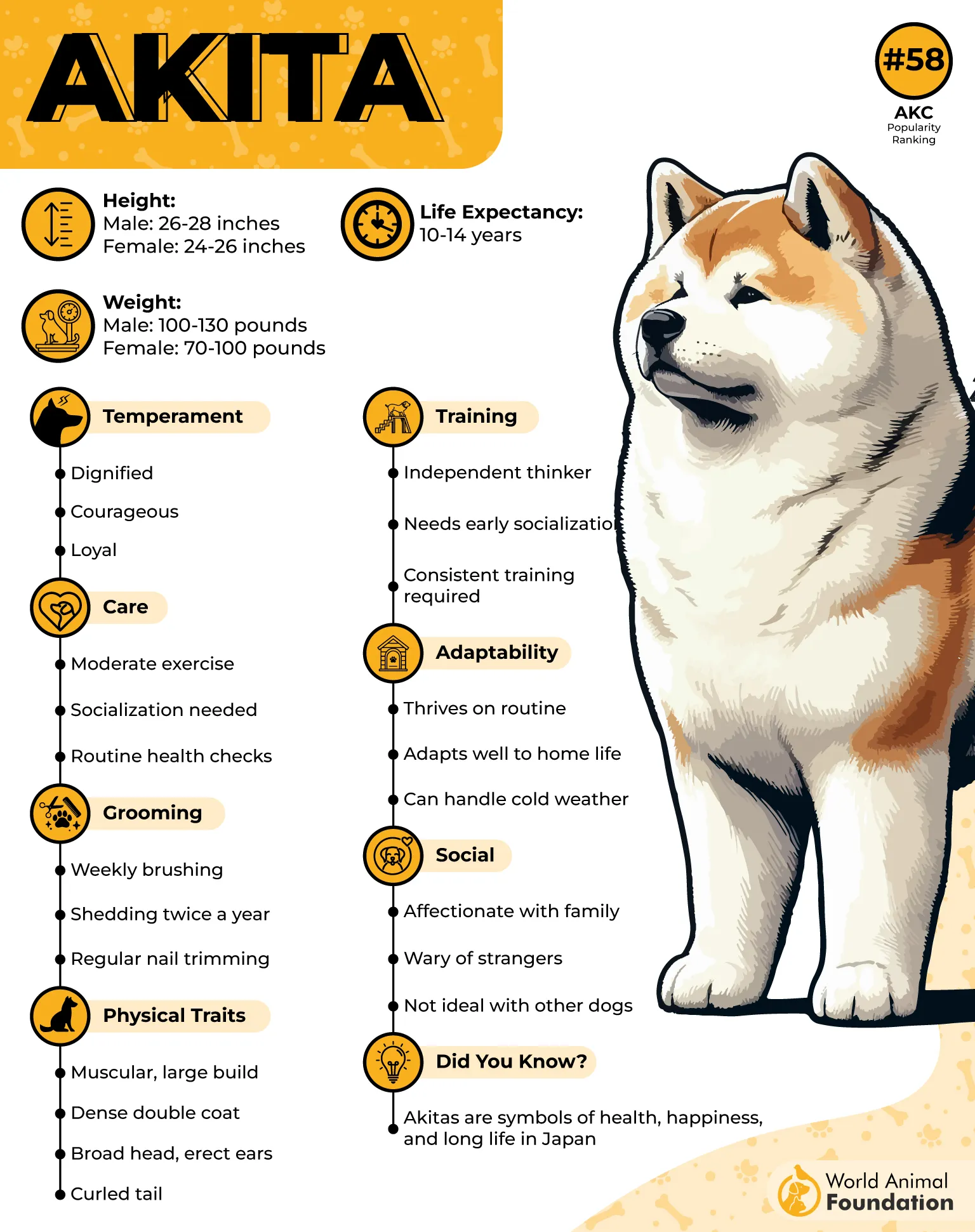
The breed’s arrival in the U.S. came through Helen Keller, who was gifted an Akita after expressing admiration during her visit to Japan, as per Hill’s Pet. That bond she formed with the breed sparked its recognition beyond Asia. In modern households, Akitas remain reserved but devoted, preferring deep family ties over wide social circles.
Because of their independent spirit, Akitas often do better as solo pets. Their hunting lineage still shows up in how they react to smaller animals, often as something to pursue. Socialization from an early age can help temper this, but instincts remain. They’re most settled when their environment is calm and clearly structured.
Akitas thrive with owners who understand firm but respectful guidance. They can be less tolerant around young children and are more comfortable when interactions are on their terms. Patience and boundaries go a long way in building mutual respect. When properly understood, the Akita becomes not just a pet, but a quiet protector and dignified presence in the home.
7. Shiba Inu
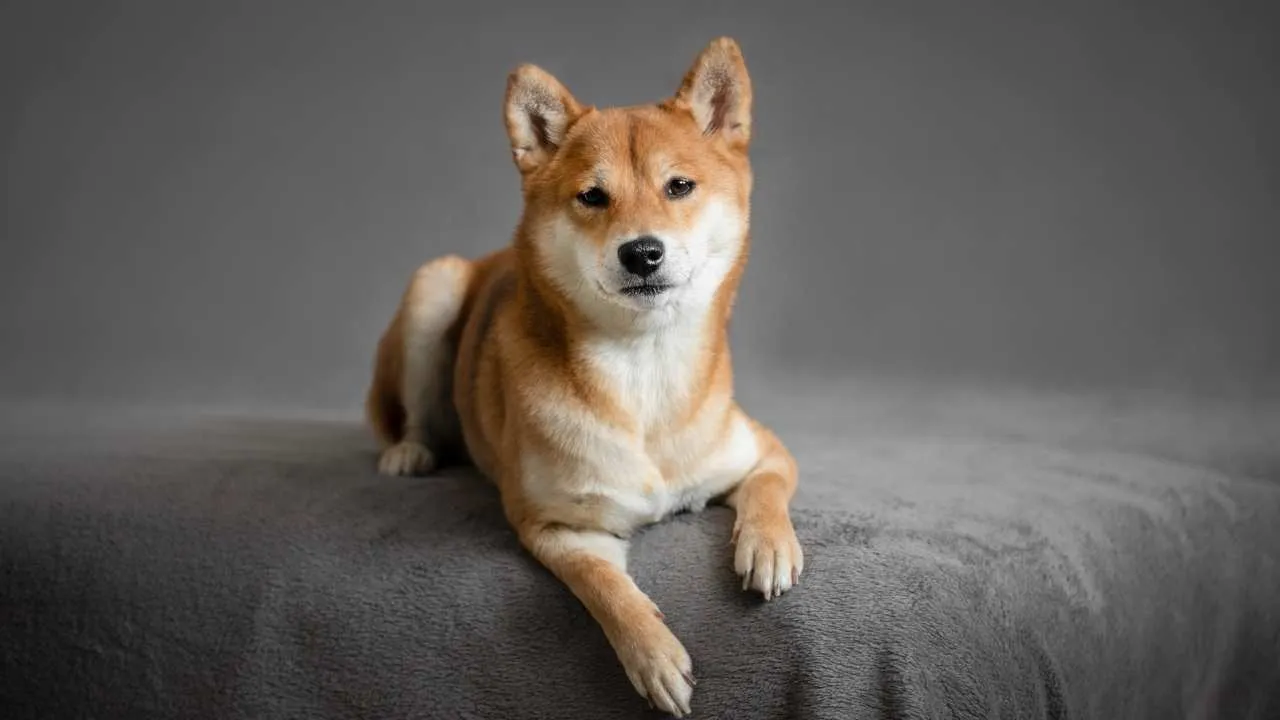
The Shiba Inu’s history runs deep in Japan, where it was originally bred for hunting in the rugged mountain terrain. It’s one of the oldest native breeds, long valued for navigating dense underbrush and flushing out small game. Its compact frame and lightning-fast reflexes were fine-tuned over centuries of survival in harsh, rural landscapes.
This isn’t a breed that seeks validation—it moves through the world with quiet confidence and a touch of aloof charm. That independence, though striking, can be mistaken for stubbornness by first-time dog owners. The Shiba prefers structure over smothering and will respond more to consistency than excessive praise. It forms bonds with family but rarely wears its affection on its sleeve.
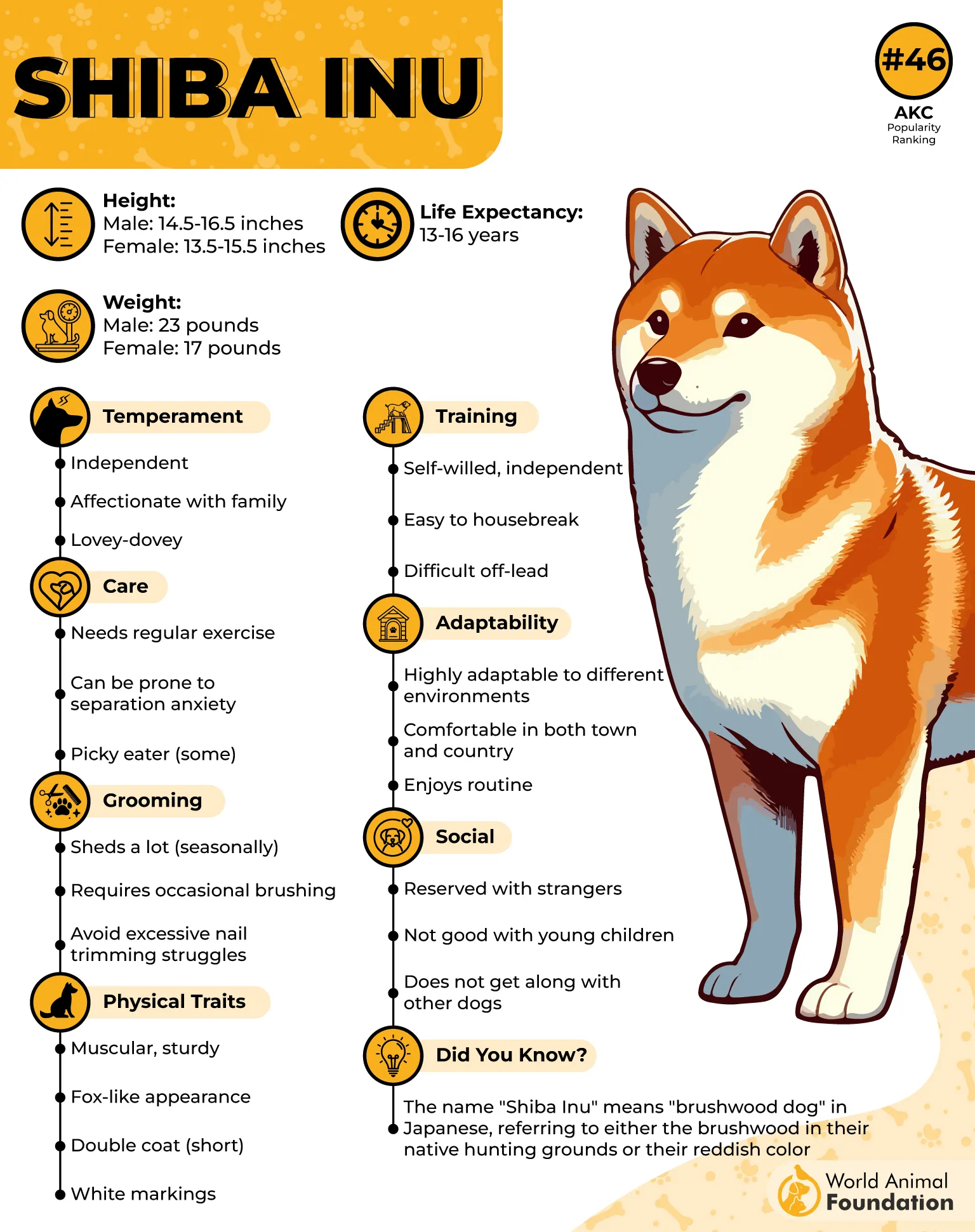
Within its own home, the Shiba is orderly and self-cleaning to a degree that surprises many, as per Greencross Vets. Their grooming habits mirror those of cats, often licking their paws and keeping themselves remarkably tidy. Their alertness to surroundings doesn’t translate to needless barking—they speak only when it matters.
Outdoors, that primal hunting drive resurfaces. The Shiba’s off-leash reliability is low, not due to lack of training but because their instinct to bolt is hardwired. High prey drive mixed with tunnel focus means fenced areas are best when letting them roam. They are agile climbers and can scale fences or slip out of collars if not properly secured.
With other dogs, they can be selective and even combative if provoked. Socialization early on is key, not just to reduce aggression but to help them navigate complex dog dynamics. They won’t back down easily if challenged, but they’re rarely the ones to pick a fight. The Shiba Inu holds its ground—always calculating, never careless, and endlessly aware of its place in the world.
Conclusion
These seven ancient breeds remind us that the bond between humans and dogs stretches back to the dawn of civilization. From guarding royal palaces to hunting alongside nomads, these dogs earned their place in history through loyal service.
Chinese emperors understood the value of these four-legged friends, keeping breeds like the Shih Tzu close for both protection and companionship. Even today, breeds from China continue to captivate dog lovers worldwide with their unique blend of independence and devotion.
These dogs were highly prized not just for their working abilities but for their unwavering loyalty through countless generations. Their resilience through changing times speaks to the remarkable adaptability that made them survive when many other breeds disappeared.
Whether serving as guard dogs or simply offering silent comfort, these ancient breeds proved themselves time and again. Their instincts, refined over thousands of years, still guide their behavior in modern homes and families.
For good reason, these living treasures continue to find their way into our hearts and homes today. When you welcome an ancient breed into your company, you’re not just getting a pet – you’re becoming part of a legacy that spans the breadth of human history.


